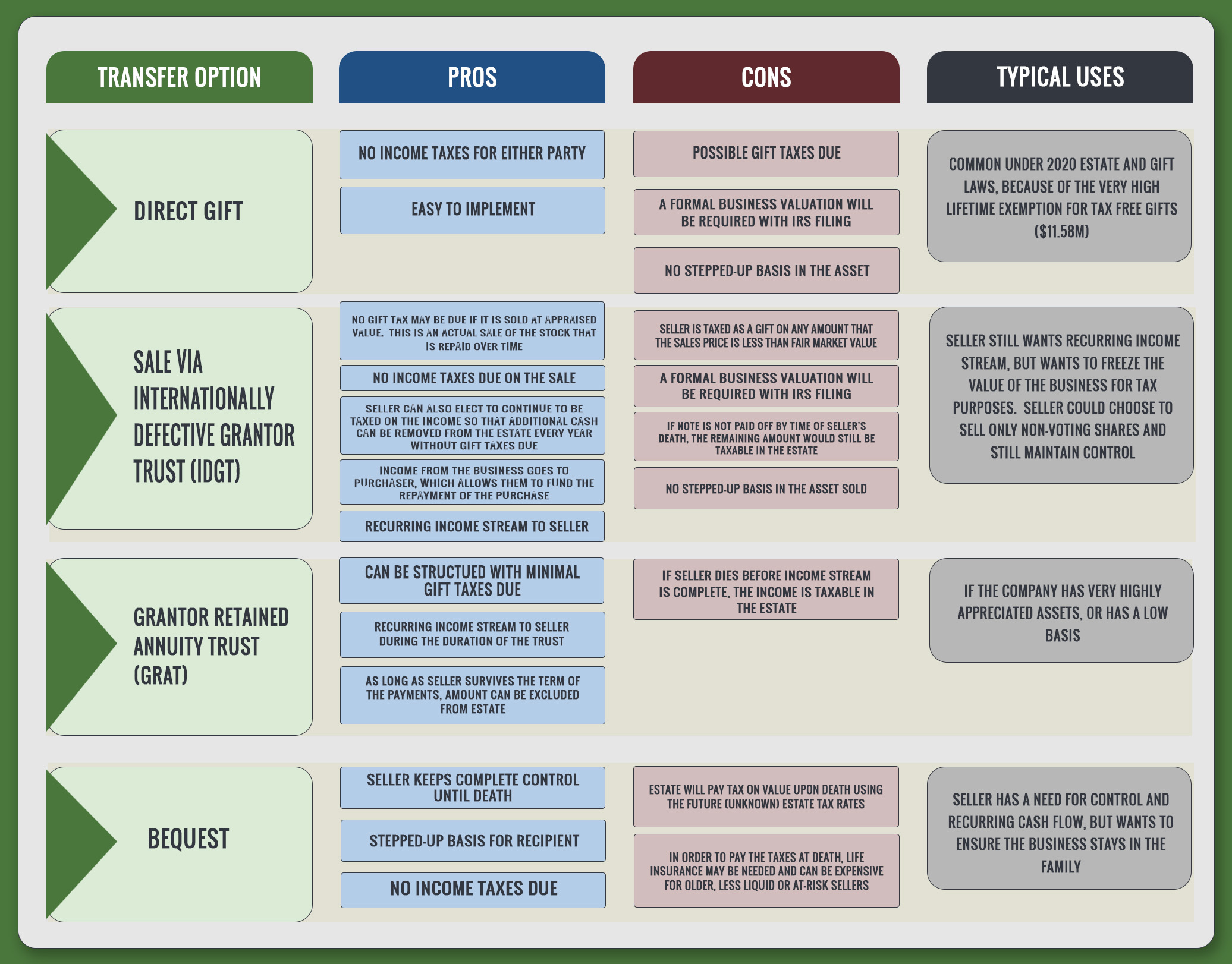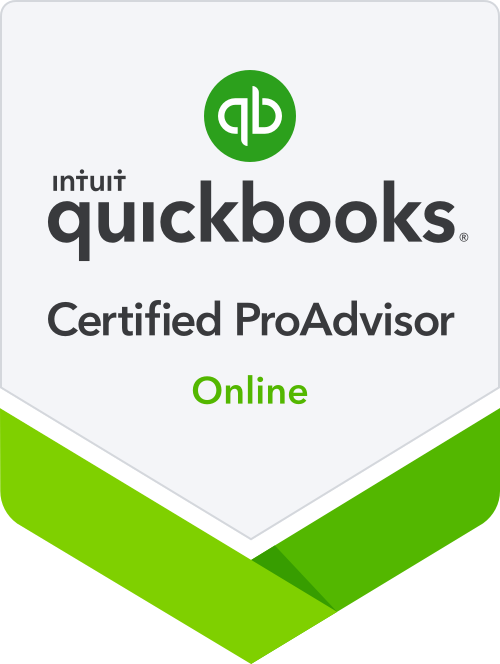
Family businesses come in all sizes. Most, however, start as small ventures with an entrepreneur in charge. The business is built around that person’s skills and passion for the business.

Systems and processes often develop loosely in response to customer needs. The business often prides itself on being flexible and able to deal with customers and employees on a personal basis, rather than relying on corporate-type policies and procedures.
This often works well until the business starts to grow or the entrepreneur is no longer able to run the business. Many family businesses address these challenges only when a crisis erupts, often in the form of the death or disability of the leader.
Moving a family business from the family structure to a more professionalized business structure is a difficult and sometimes painful process. The founder has to be willing to embrace new ideas and share some aspects of control with others. But for the business to continue growing and thriving, moving to a more professionalized structure is critical.
Vision. Professionalizing the business can start with looking at the long-term vision for the company.
Where can the business go if well-managed? Can it become a strong asset to benefit the family (and others) through the years?
Your goals won’t happen without a plan. As has been said, the only constant is change. Business owners can be sure their companies will have to change to survive. If the vision for the company is long-term survival and success, steps must be taken to provide that opportunity.
Leadership. While a founder may have great passion and significant knowledge in some areas of business, it isn’t likely that he or she has the knowledge and experience in all areas of business that will be needed as a business grows.
It is important to expand the leadership of the organization to shore up those areas where the founder may not be as strong. It is also wise to “build the bench” of leaders who can step into those areas where the founder is strong.
Leadership succession is critical to the long-term success of the business. Many family businesses have failed when the founder is suddenly unable to work and others are unable to fill the void. A professionalized business is not dependent on any one person for survival. Processes and people are in place to continue moving forward, regardless of individual issues.
Structure. The ability to scale operations is a necessary part of profitable growth. Processes and structure help businesses manage more work without adding commensurate resources. Smaller businesses often rely on the person in the position to figure out how to handle the order or transaction.
Professionalized businesses set up processes that guide individuals to handle orders and transactions in a consistent way. Record keeping and tracking are standardized, and efficiencies are built into the process. Customer service can be less dependent on the particular person handling the customer, allowing duties to be shared and organized based on efficiency.
Adding structure doesn’t mean removing the personal touch, however. Many family businesses fight structure, believing that it will remove one of their advantages. These customer care touches can be built into the systems and processes, and they can be included in the training and orientation of new team members.
The volume of orders and transactions often leads to the need for more automation, and this may be part of the structure that is added in the business. Looking back to the paragraph on leadership, this also often drives the need for leaders who are well versed in current technology. The professionalized company needs to keep pace with the tools that are available. Otherwise, the ability to compete may be hampered.
Financial Information. In the traditional family business, ownership is centralized in one or a few people. Financial information is very private, often shared only with other owners or some family members.
As a company becomes more professionalized, financial information has to be shared with leaders of the company, often not owners or family members, so that they can make better decisions in their own areas of control. Revenues, expenses and resulting profits need to be measured, tracked and discussed.
Ownership.While some family businesses remain family-owned forever, some will decide to open up ownership to non-family members as the company grows and outside leaders are brought in. This is a big step and should be well-thought-out and discussed with the company’s advisors.
Buy-sell agreements and other documents need to be in place because ownership may change from time to time. Sharing ownership can encourage loyalty and entrepreneurial thinking as the company grows. It may also provide a way for the family to exit the business more easily, should they decide to do so.




